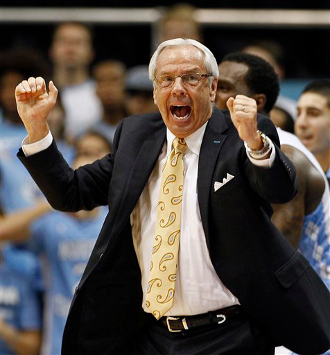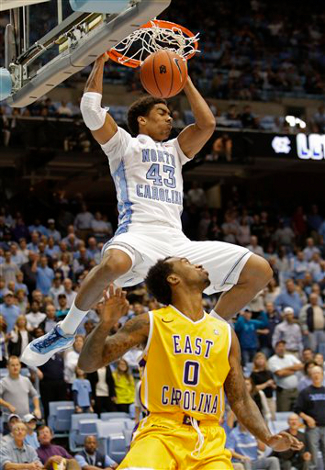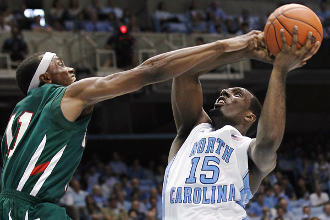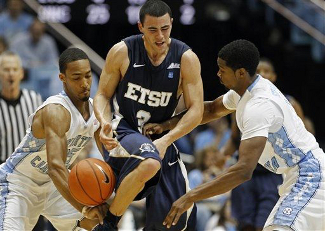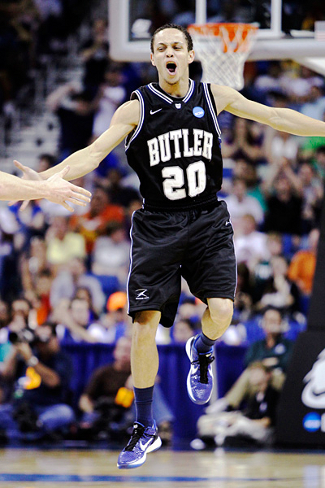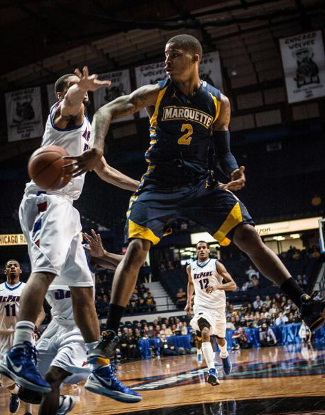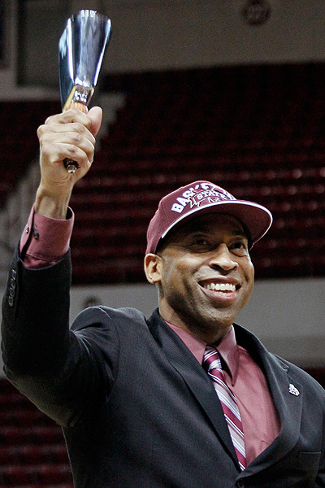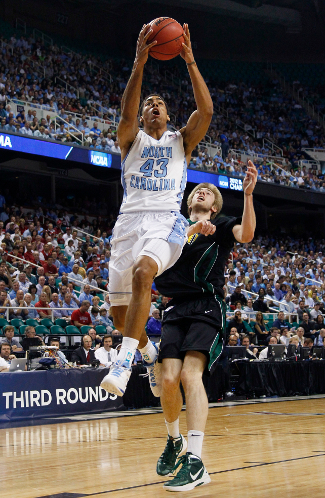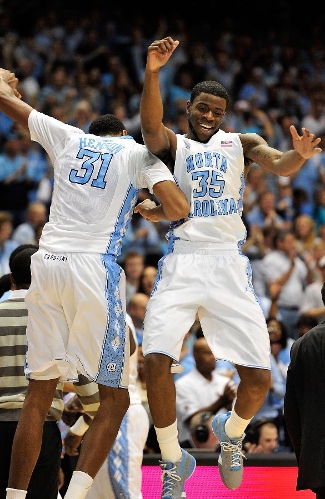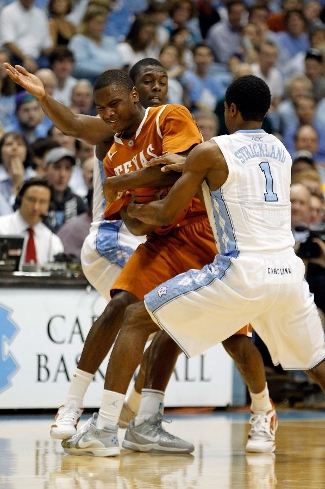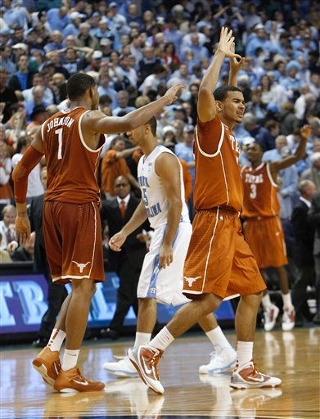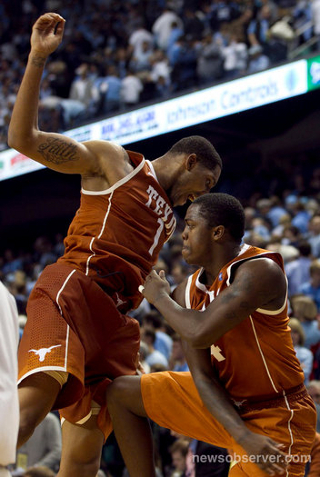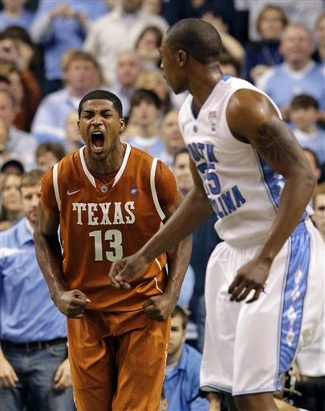Texas Longhorns (9-2) at #5/6 North Carolina Tar Heels (10-2)
Dean E. Smith Center | Chapel Hill, NC | Tip: 6:00 P.M. CT | TV: ESPN2
LRT Consecutive Game #198
On April 6th, John Henson and Tyler Zeller announced their intentions to return and chase a national championship at North Carolina. It was just the first in a series of announcements by high-profile players, all surefire NBA picks, who were spurning the allure of the League for another year as Big Man on Campus.
Jared Sullinger of Ohio State and Perry Jones III of Baylor also elected to return to school, while Kentucky’s Terrence Jones withdrew his name after testing the waters. And then, just less than two weeks after Henson and Zeller made their joint announcement, Harrison Barnes made the Tar Heels the prohibitive preseason No. 1 when he passed on the NBA and returned to Chapel Hill.
Texas had their own trio of stars mulling their draft fate, but with the wave of big-name players returning elsewhere, Longhorn fans had reason to be optimistic. If Jordan Hamilton, Tristan Thompson, and Cory Joseph made the same three-man pact that Barnes, Zeller, and Henson had made, there was no doubt that tonight’s match-up between the two teams would be a titanic clash of teams in the Top 10.
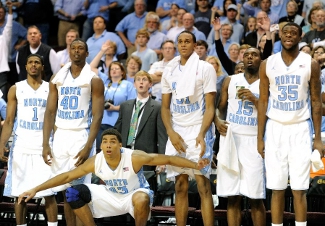
The Tar Heels have their sights set high this year
(Photo credit: Ethan Miller/Getty Images) 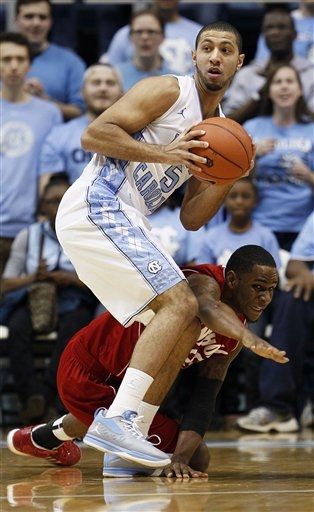
Kendall Marshall is always looking to pass
(Photo credit: Gerry Broome/Associated Press) 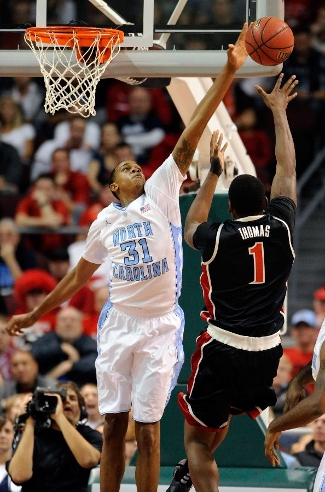
John Henson is a shot-blocking machine
(Photo credit: Ethan Miller/Getty Images) 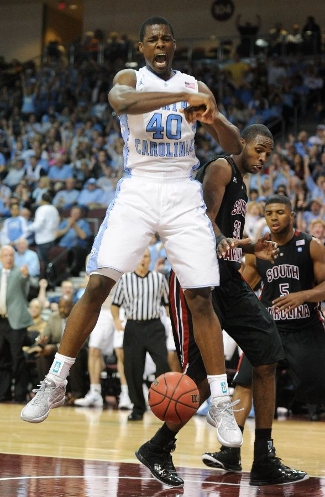
Harrison Barnes leads the way for Carolina
(Photo credit: Ethan Miller/Getty Images) |








